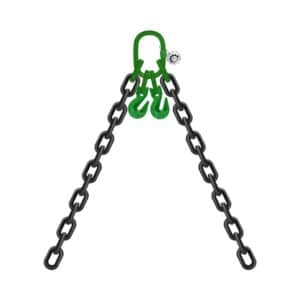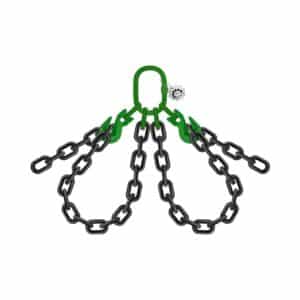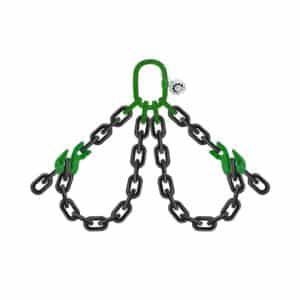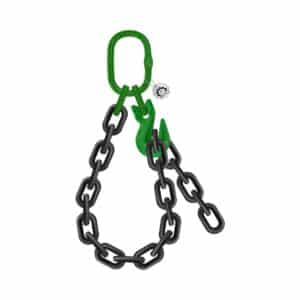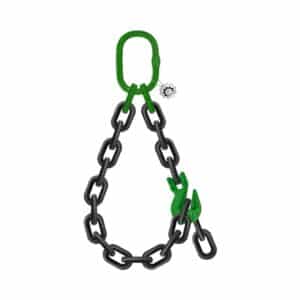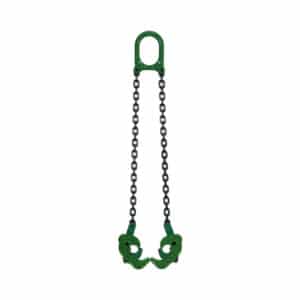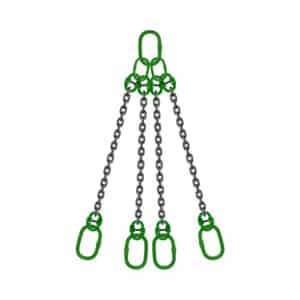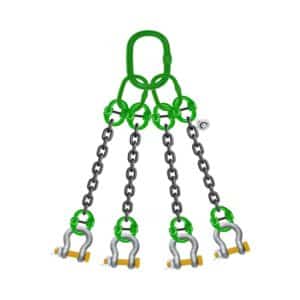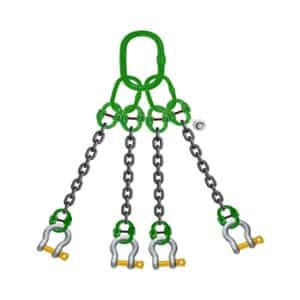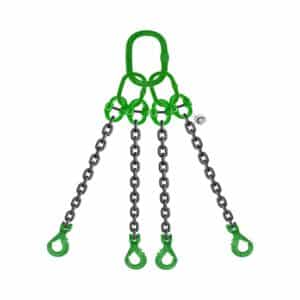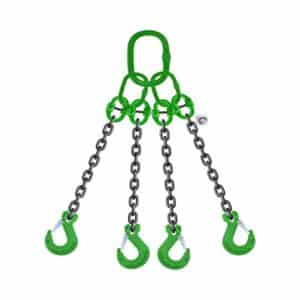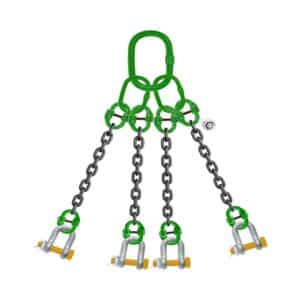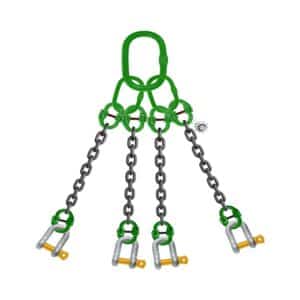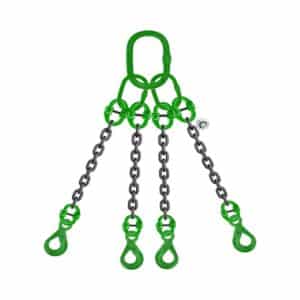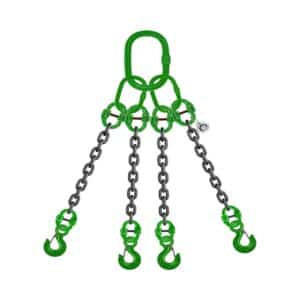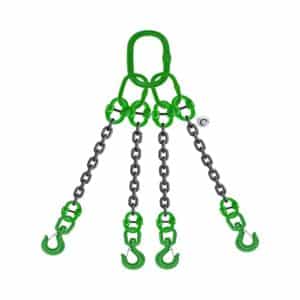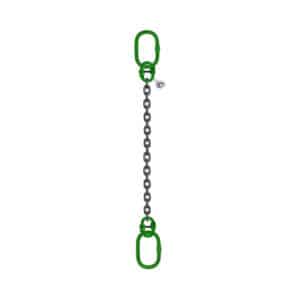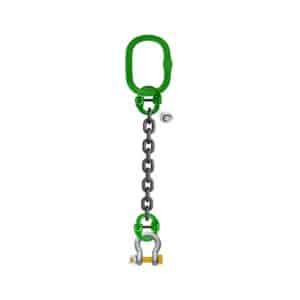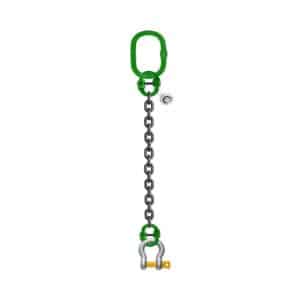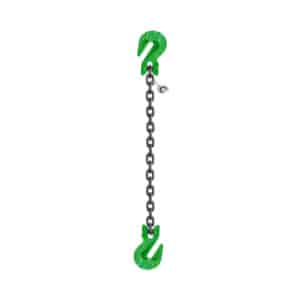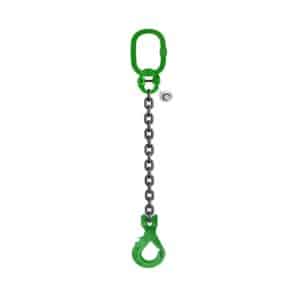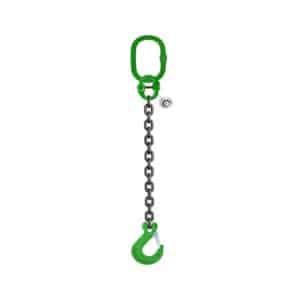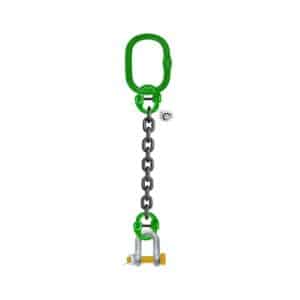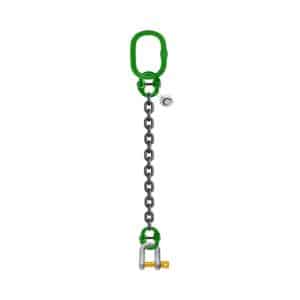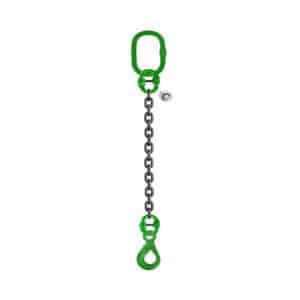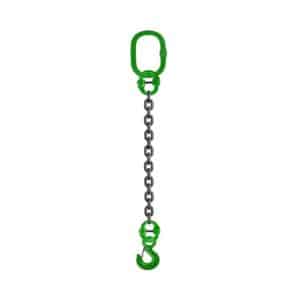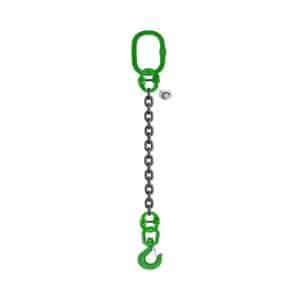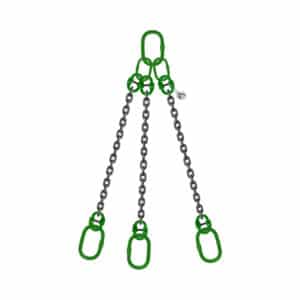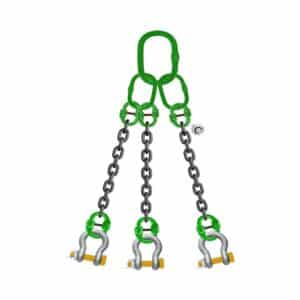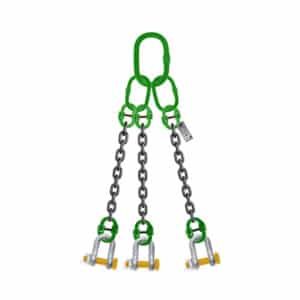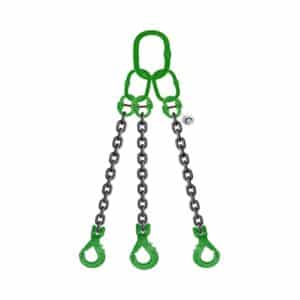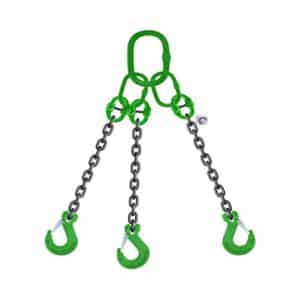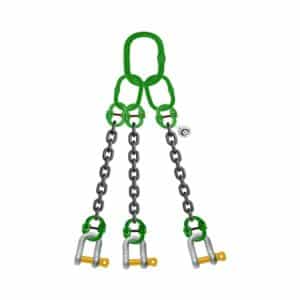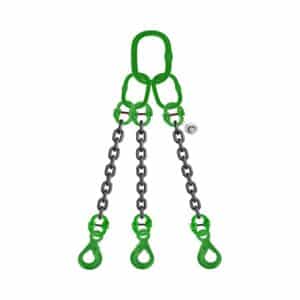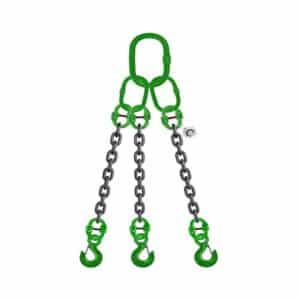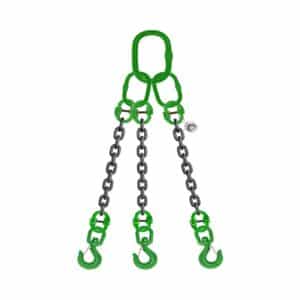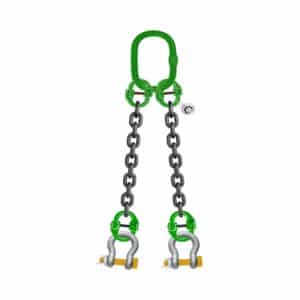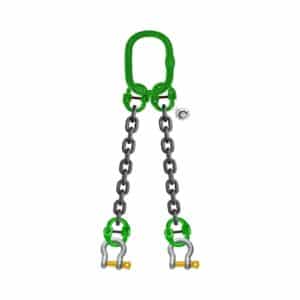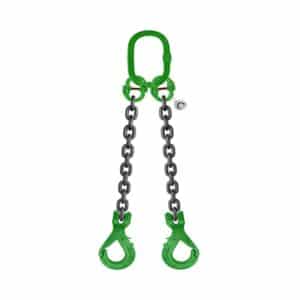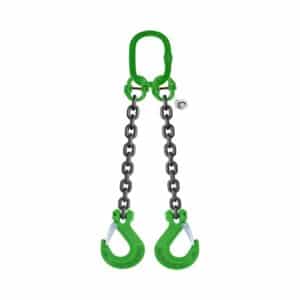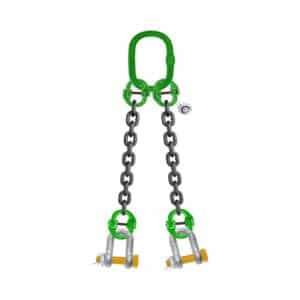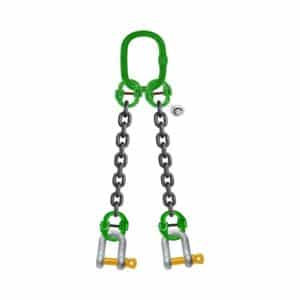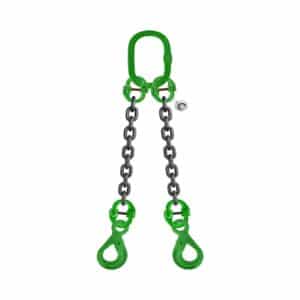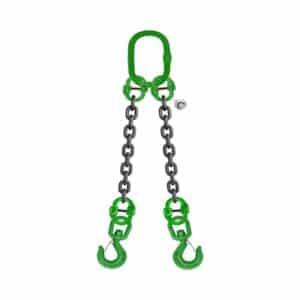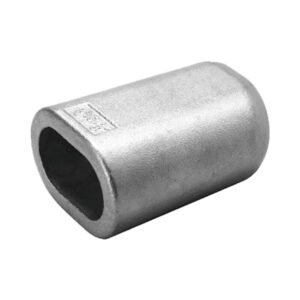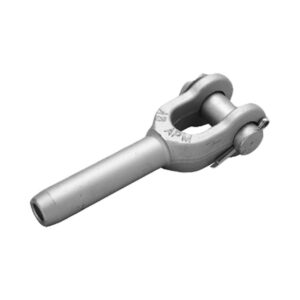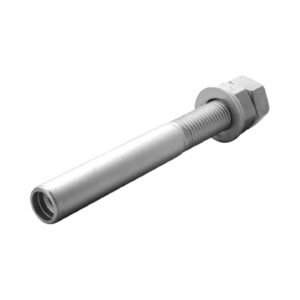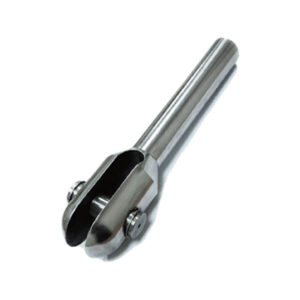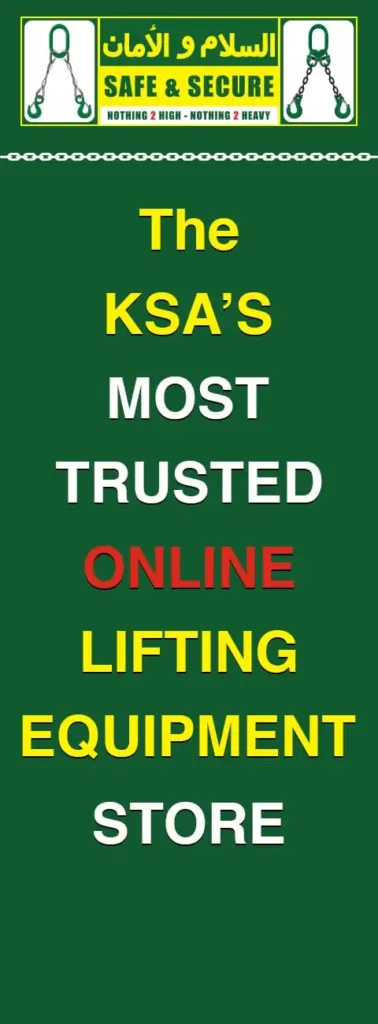WELCOME to Safe and Secure Lifting Equipment Store
BUY MORE PAY LESS Quantity price breaks from 3 units
Take 15% off when you Subscribe for Newsletter
Free Shipping above order 2000 SAR in KSA
9AM-6PM
Sun-Thu
Menu
Categories
0
Cart
ر.س 0.00
0
Shopping cart (0)
Subtotal: ر.س 0.00
Spend ر.س 2,000.00 more to get free shipping
Congratulations! You've got free shipping.
Free shipping over 2000 SAR
- Polyester Web Slings
- Wire Rope Slings
- Chain Sings
- Steel Wire Rope
- Wire Rope Fittings
- Block / Hoist / Trolley
- Shackles
- Fall Protection
- Chains
- Hooks
- Cargo Accessories
- Lifting Clamps
- Rigging Screws
- Stainless Steel Accessories
- Safety Shoes
- Matterport
- Polypropylene Rope
- High Strength Polypropylene Rope
- Polyester Rope
- Polyamide Nylon Rope
Menu
Categories
0
Cart
ر.س 0.00
0
No products in the cart.
Return To Shop
Shopping cart (0)
Subtotal: ر.س 0.00
Spend ر.س 2,000.00 more to get free shipping
Congratulations! You've got free shipping.
Free shipping over 2000 SAR

Lifting chain slings are vital tools in industries requiring the safe and efficient hoisting of heavy loads. They can be categorized based on several key factors. The first is the type of chain, with alloy steel chains prized for their exceptional strength and durability and stainless steel chains chosen for their corrosion resistance in challenging environments, especially in maritime or corrosive settings. Another critical category is the number of legs in the sling, offering flexibility in load distribution and attachment options. Single-leg slings are typically used for straightforward vertical lifts, while multi-leg slings are employed for more complex load configurations. The choice of fittings, such as hooks, master links, and connectors, plays a crucial role in connecting the sling to the load and lifting equipment. Lifting capacity, expressed as the Working Load Limit (WLL), must align with the intended load to ensure operational safety. Chain sling length, grade, and adjustability further influence their versatility. Some chains are adjustable, allowing for flexibility in load attachment points and configurations. Additionally, specialized chain slings are designed for unique environments or for lifting delicate or irregularly shaped loads. Regular examination and upkeep are imperative to guarantee a change in safety and longevity, with manufacturers providing guidelines for these inspections, contributing to the safety and reliability of chain slings in various industrial settings.
Can't Find What You're Looking For?
If you couldn’t find the product you need , don’t worry! Fill out the form below, and our team will assist you in finding the perfect match. Your satisfaction is our priority.
Related products
More
More
- Polyester Web Slings
- Wire Rope Slings
- Chain Sings
- Steel Wire Rope
- Wire Rope Fittings
- Block / Hoist / Trolley
- Shackles
- Fall Protection
- Chains
- Hooks
- Cargo Accessories
- Lifting Clamps
- Rigging Screws
- Stainless Steel Accessories
- Safety Shoes
- Matterport
- Polypropylene Rope
- High Strength Polypropylene Rope
- Polyester Rope
- Polyamide Nylon Rope
This website uses cookies to improve your experience.
By using this website, you agree to our Privacy Policy.
Allow Cookies

